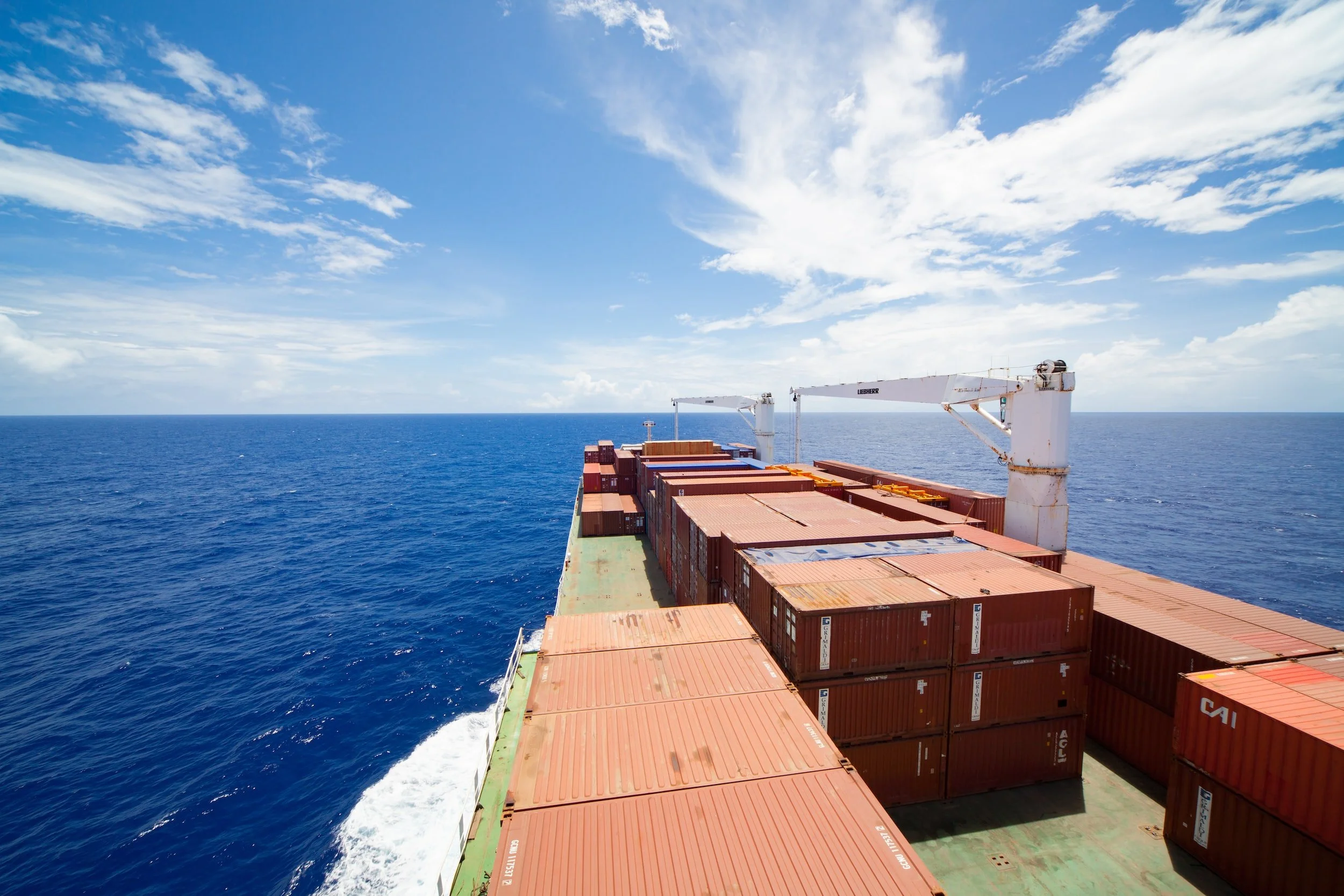By Ulf Bergman
Macro/Geopolitics
Yesterday, for the first time, Russia directly linked its natural gas exports to the economic sanctions the country is facing following its invasion of Ukraine. In, what appears to be an attempt to break up European unity, the government said that the flow of natural gas through the Nord Stream 1 pipeline would not be fully restored until the European sanctions are lifted. While European natural gas inventories have filled up faster than expected, a winter without additional supplies from the east could seriously affect countries and public opinion in countries that have been heavily reliant on Russian gas in the past, e.g. Germany and Italy.
The Chinese central bank has moved to prop up the country’s weakening currency by lowering the foreign exchange reserves that the country’s banks are required to have. The initiative should increase the supply of US dollars and other foreign currencies onshore in the Chinese economy. While the move is not expected to strengthen the Chinese currency in any material way, it is likely to see the yuan stabilising. Hence, providing some support for Chinese commodity demand in the near term.
Commodity Markets
Brent crude oil futures gained nearly three per cent on Monday to end the day at 95.74 dollars per barrel as OPEC+ moved to support the falling oil prices with a minor production cut. In the last three months, crude oil prices have fallen by more than twenty per cent amid increasing headwinds for the global economy. In addition, European diplomats said that they have become less confident in recent days over the prospects of a deal being reached to revive the Iranian nuclear accord, making a resumption of Iranian oil exports less likely. Trading has been volatile today, with prices retreating by more than two per cent.
The last-minute announcement on Friday that Russian natural gas exports through the Nord Stream 1 pipeline would not resume over the weekend provided ample fuel for volatility during yesterday’s trading. Front-month futures eventually settled at just below 246 euros per megawatt-hour following a gain of 14.6 per cent for the day. However, the contracts traded as high as 283 euros during the early stages of yesterday’s session. The contracts have given up some of the gains in today's trading and retreated by around ten per cent.
During yesterday's trading session, the accelerating squeeze on European natural gas supplies also supported thermal coal prices. The futures for delivery in North-West Europe during October gained 6.6 per cent and settled at 393 dollars per tonne, while the Newcastle contracts for next month advanced by 5.2 per cent to 464 dollars per tonne.
Iron ore recovered some of the recent losses during Monday’s trading as the demand outlook improved somewhat. Chinese authorities announced that they are stepping up their efforts to support the economy and the flagging growth rate, with an accelerated pace for the announced stimulus programmes and a lower reserve ratio for the country’s banks. The October futures trading at the Singapore Exchange gained 3.6 per cent and settled at 97.89 dollars per tonne. However, the contracts have retreated by around one per cent in today’s session.
Base metals had a mixed session on Monday, with only aluminium and lead ending the day in the red. While the prospects of lower global growth weigh on the demand outlook, the rising energy prices and the potential for rationing in Europe could see supplies falling as smelters are forced to suspend activities. Aluminium futures trading at the London Metal Exchange ended yesterday 0.4 per cent lower, while the copper contracts edged up by 0.3 per cent. The nickel futures were the star performers of the day after soaring by 4.5 per cent. Zinc also had a solid day, with gains of two per cent.
Trading in agricultural commodities at the Chicago Board of Trade was closed yesterday due to a public holiday.
Freight Markets
The Baltic Dry Index continued to move higher yesterday, propelled by the robust recovery for the Capesize sub-index. The Panamaxes also contributed to the headline index’s gain of 4.3 per cent, but the smaller vessels continued to suffer. In contrast to poor performance in the FFA markets, the Baltic’s indicator for the largest vessels soared by 15.1 per cent on Monday, bringing the month-to-date return to 179 per cent. The gauge for the Panamaxes advanced by 4.4 per cent, while the Supramaxes and Handysizes retreated by 1.1 and 0.7 per cent, respectively.
The Baltic’s tanker indices had a less dramatic day, with only the dirty tanker index making a significant move with a decline of 1.2 per cent. The clean tankers gained 0.6 per cent, while the indicator for the LPG carriers declined by 0.2 per cent and the LNG index remained unchanged.
The View from the Shipfix Desk
While copper prices staged a bit of a comeback during the second half of July and August, following the steep decline during the end of the second quarter, recent weeks have seen the red metal retreating. Given its central role in manufacturing, copper is often seen as a bellwether for the global economy's health. The importance of the metal is also seen as growing as the global energy transition gathers momentum. Hence, the recent travails for the commodity could suggest that global demand is weakening amid the rising prospects for lower growth or even a recession.
However, Shipfix cargo order data for copper discharging in Chinese ports have been showing considerable strength in recent weeks. While the weekly volumes have been a bit volatile, the data highlight a strong recovery in demand from the world’s largest importer of the commodity. Given the forward-looking nature of the data, import volumes are likely to rise in the coming months, possibly reflecting increasing economic activities in the country on the back of the announced stimulus packages.
Data Source: Shipfix

